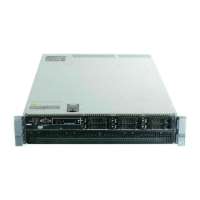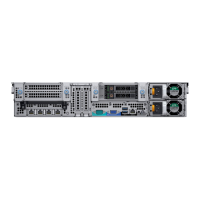Table 59. TPM 2.0 security information (continued)
Option Description
When set to Clear, the storage and endorsement hierarchies are cleared of any values, and then reset to
Enabled.
TPM
Advanced
Settings
TPM PPI
Bypass
Provision
When set to Enabled, allows the Operating System to bypass Physical Presence Interface
(PPI) prompts when issuing PPI Advanced Configuration and Power interface (ACPI)
provisioning operations.
TPM PPI
Bypass Clear
When set to Enabled, allows the Operating System to bypass Physical Presence Interface
(PPI) prompts when issuing PPI Advanced Configuration and Power interface (ACPI)
provisioning operations.
TPM2
Algorithm
Selection
Allows the user to change the cryptographic algorithms used in the Trusted Platform Module
(TPM). The available options are dependent on the TPM firmware.
To enable TPM2 Algorithm Selection, Intel(R) TXT technology must be disabled.
The TPM2 Algorithm Selection option supports SHA1, SHA128, SHA256, SHA512 and SM3 by
detecting the TPM module. This option is set to SHA256 by default.
Table 60. System Security details
Option Description
Intel(R) TXT Enables you to set the Intel Trusted Execution Technology (TXT) option. To enable
the Intel TXT option, virtualization technology and TPM Security must be enabled with
Pre-boot measurements. This option is set to Off by default. It is set On for Secure
Launch (Firmware Protection) support on Windows 2022.
Memory Encryption Enables or disables the Intel Total Memory Encryption (TME) and Multi-Tenant (Intel
®
TME-MT). When option is set to Disabled, BIOS disables both TME and MK-TME
technology. When option is set to Single Key BIOS enables the TME technology. When
option is set to Multiple Keys, BIOS enables the TME-MT technology. This option is set
to Disabled by default.
TME Encryption Bypass Allows the option to bypass the Intel Total Memory Encryption. This option is set to
Disabled by default.
Intel(R) SGX Enables you to set the Intel Software Guard Extension (SGX) option. To enable the Intel
SGX option, processor must be SGX capable, memory population must be compatible
(minimum x8 identical DIMM1 to DIMM8 per CPU socket, not support on persistent
memory configuration), memory operating mode must be set at optimizer mode, memory
encryption must be enabled and node interleaving must be disabled. This option is set to
Off by default. When this option is to Off, BIOS disables the SGX technology. When this
option is to On, BIOS enables the SGX technology.
Power Button Enables or disables the power button on the front of the system. This option is set to
Enabled by default.
AC Power Recovery Sets how the system behaves after AC power is restored to the system. This option is
set to Last by default.
NOTE: The host system will not power on until iDRAC Root of Trust (RoT) is
completed, host power on will be delayed by minimum 90 seconds after the AC
applied.
AC Power Recovery Delay Sets the time delay for the system to power up after AC power is restored to
the system. This option is set to Immediate by default. When this option is set to
Immediate, there is no delay for power up. When this option is set to Random, the
system creates a random delay for power up. When this option is set to User Defined,
the system delay time is manually to power up.
User Defined Delay (120 s to 600
s)
Sets the User Defined Delay option when the User Defined option for AC Power
Recovery Delay is selected. The actual AC recovery time needs to add iDRAC root of
trust time (around 50 seconds).
Pre-operating system management applications 59

